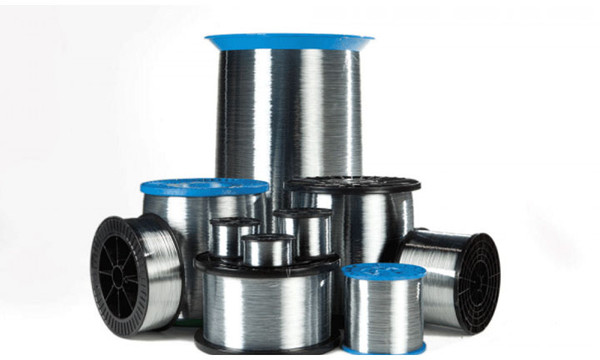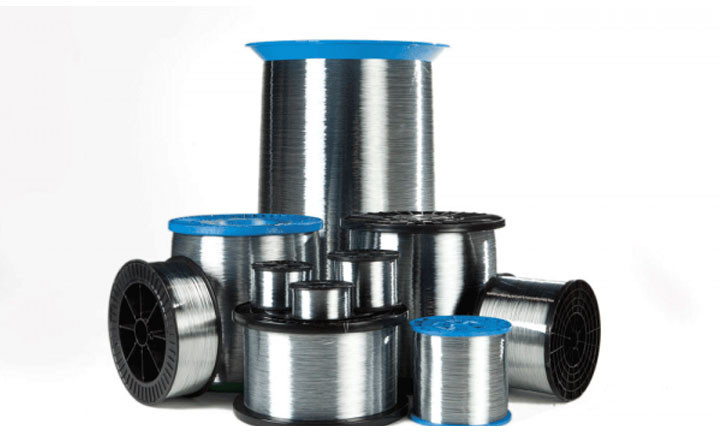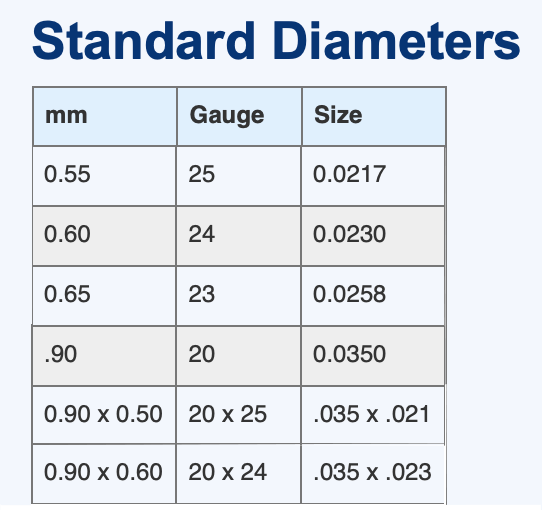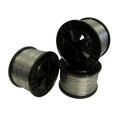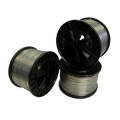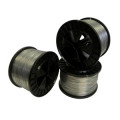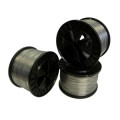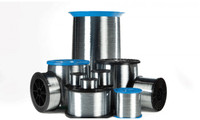-
Products
- Unsupported Specialty Films
-
Trade Laminate Films
- Performance™ 3" Core Trade Laminate Film
- Performance™ ThinkLam Laminate Films
- Performance™ 1" Core Laminate Film
- Performance™ 2.25" Core Laminate Film
- Performance™ Wide Format Laminate Film
- DigiGrip™ Digital Laminate Films
- Performance™ Low-Melt/UV Wide Format Laminate Film
- Stellar™ PSA & UV Wide Format Laminate & Adhesive
- PhotoFlair™ Laminate Film
- SleekerDigital™ Laminate Film & Foil
- REVO Laminate Film
- ALM Laminate Film
- 3M Laminate Film
- Xyron Laminate Film
- Laminator Specific Laminate Films
- Talent™ Specialty Laminate Films
- Laminating Equipment
- Pouch Laminating
- All Things Finishing
- Educational
- Parts & Accessories
- Used Equipment
- Clearance
1.877.526.6848
sales@gvdirect.com
-
Product Description
Stitching Wire:
Stitching Wire has evolved as the industry has changed. Stitching wire is now a highly tuned part of the printing world. Quality of Finish, Size, Cast, Camber, Tensile, Path of Wire, Spool Sizes, and De-spooling Equipment are all major factors in how stitching wire is going to perform in the field. With the continued demand for increased run speeds and overall profit, high quality stitching wire and proper machine setup are a must.
Quality of Finish:
An ideal wire is chrome-like in appearance with special friction reducing additives to resist peeling and flaking while providing a superior work ability in all bending and forming applications.
Cast and Camber (Helix):
Commercially produced, stitching wire is not straight. Each spool size has a desired curvature of the wire. The radial or circular curvature is known as “Cast.” Cast is measured as the diameter of a free turn of wire. The axial component is referred to as “Camber.” Camber is measured at the offset in the ends of one turn of freely hanging wire. A large cast and small camber are characteristics of a high quality wire. This allows the wire to go into the stitching head smoother, producing less drag, and will provide fewer dropped stitches. The stitching head will work more efficiently with less energy and maintenance.
Wire Tensile:
Wire Tensile is the pull required to break the wire and is measured in pounds per square inch (PSI). The higher the breaking point, the stiffer the wire. High quality stitching wire has a tensile range of 135,000 to 165,000 PSI. A tensile above 165,000 PSI will wear out parts in your stitching head prematurely, causing maintenance costs and down time. High tensile wire can also wear out the knives in a trimmer section prematurely. The increased hardness of the stitching wire will nick a trimmer section’s knives more severely when struck during saddle stitcher jams. A tensile below 135,000 PSI will cause the stitching wire to be soft and not properly form a stitch.
High tensile stitching wires are available in the industry, but the cost benefits of using a high tensile wire with a thinner diameter on thicker applications is outweighed by the cost of premature wear on stitching heads and trimmer section knives.
Path of Wire:
A clean path for the stitching wire from the spool to the stitching head is critical in getting a positive stitching outcome. The stitching wire coatings can be easily chipped, scraped, and damaged by running the wire past an unprotected steel bracket, worn wire guides, spring tubes, and dirty felt pads. These areas must be checked frequently and rotated or replaced on a regular schedule. Wire guide springs and felt pads are a normal wear part on any stitching head. Flat spots on guides and springs along with a dirty felt pad wiping system can cause flaking issues that will jam your stitching head, stop production, and cause additional maintenance and repair costs.
-
Product Reviews
-
Find Similar Products by Category

